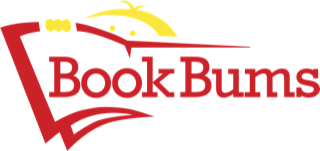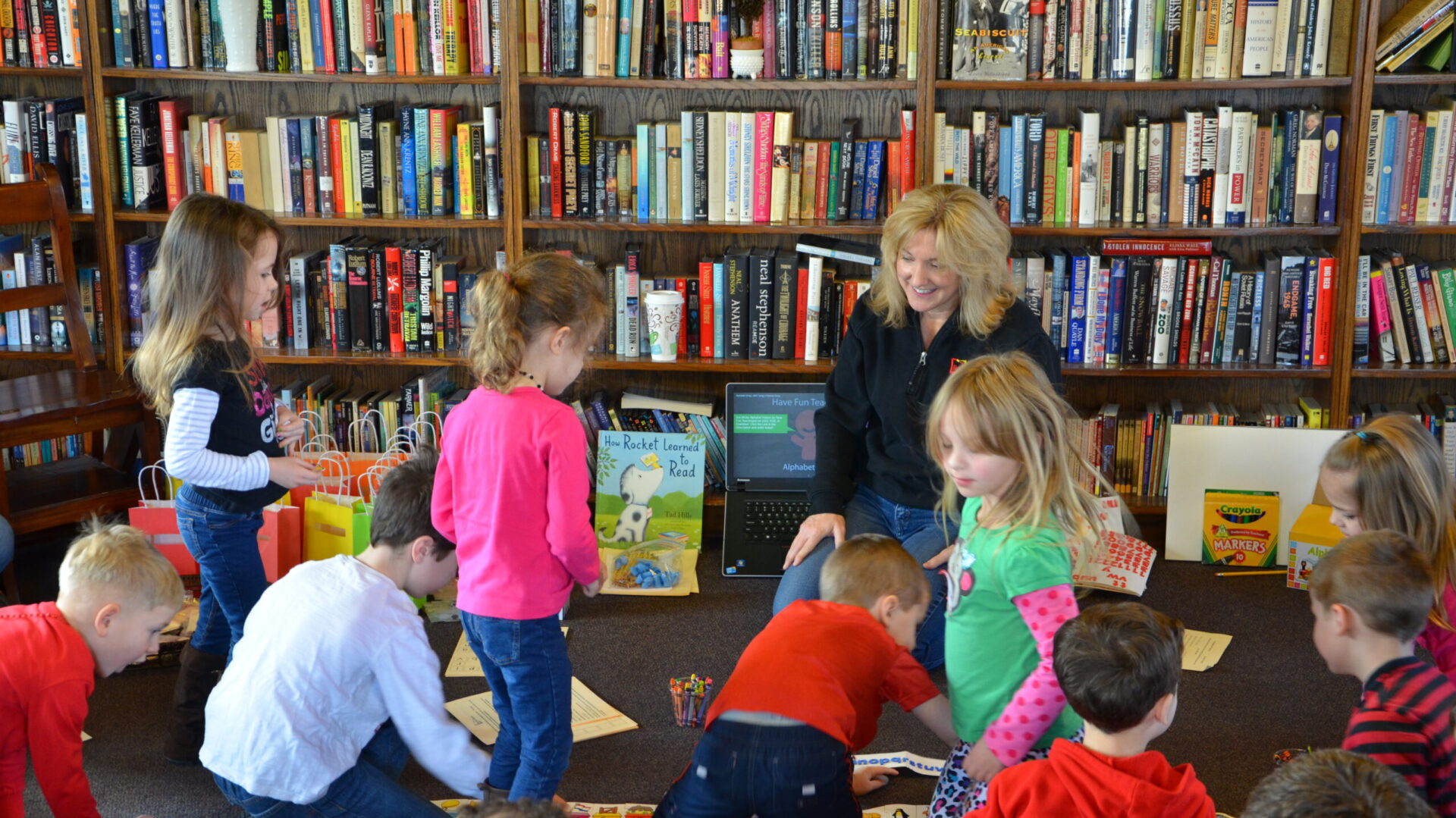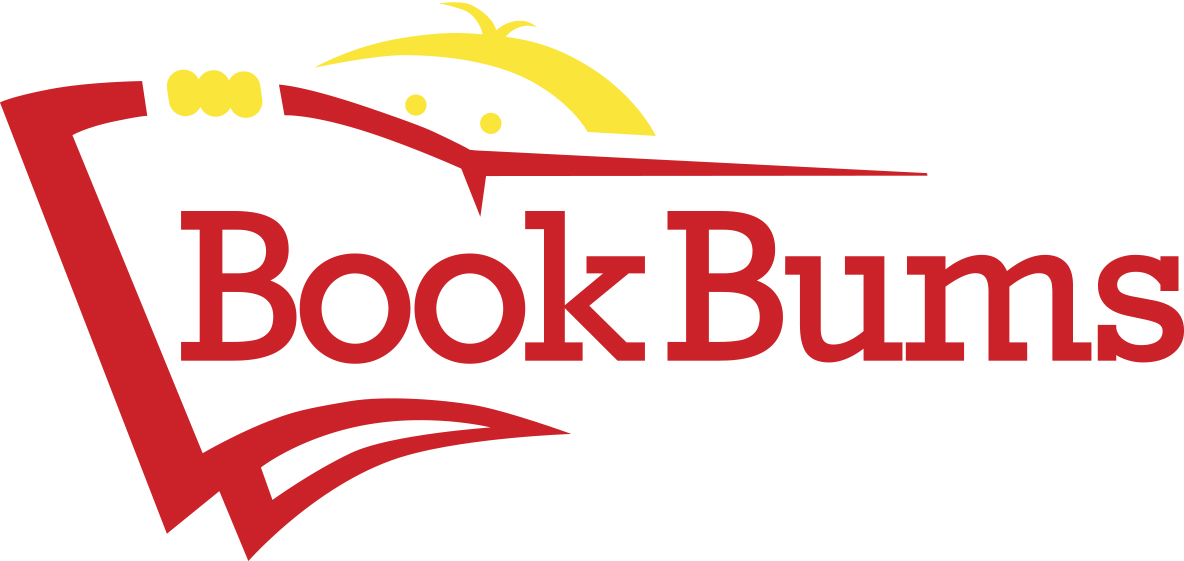
Hello Book Bums families!
How has your summer reading been going? Have you made time for you and your children to enjoy books? I hope some of your reading time has been spent reading aloud to your kids, no matter their age. This week in the newsletter Dr. Christy reaches into her teacher toolbox to share over twenty ideas for enriching the experience of reading aloud with your kids.
I declare after all there is no enjoyment like reading!
- Jane Austen
Bookbums.com is an Amazon Associate; We earn from qualifying purchases. This means that if you click on a link to Amazon.com and make a purchase, We may earn a small commission at no extra cost to you. We do recommend the products. Feel free to find them by other means.
Word of the Week
recognize (reh-cog-nize) verb/ action word - to identify someone or something from having seen it before, to know again
She recognized the melody of the song since she had heard it in a commercial the other day.
Literary Calendar
• July 30 is Paperback Book Day.
• This day marks the anniversary of the date the first paperback novels were published by Penguin in England in 1935.
• Paperback books were less expensive to make and to buy which allowed more people than ever to become readers and to own their own books.
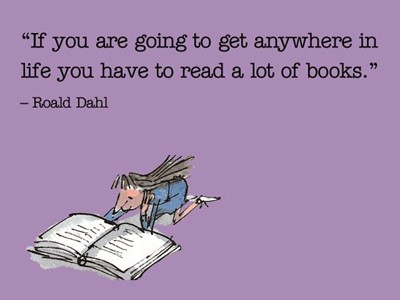
From our Bookshelves
The Honest Truth, by Dan Gemeinhart, is a well-crafted book written for kids ages 8-12. Some say it’s better for kids ages 10- 13 due to its heavy topic involving a young boy with cancer, and I’d agree. The main character, Mark, feels scared and alone, and he runs away from home to climb Mt. Rainier with his dog, Beau. Mark’s friend, Jess, has promised not to tell where Mark has gone, though she eventually learns that keeping a secret is not always the right choice. There are intense moments in this story and plenty of opportunities for thoughtful discussion about big topics. The author skillfully enhances the telling of this story using a variety of literary devices including figurative language. In Tips for Teaching Readers I give you details about noticing and learning from Gemeinhart's writing craft.
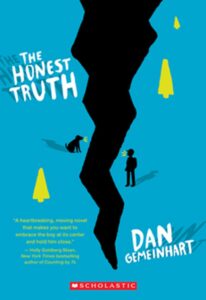
Tips for Readers and Writers
I want you to have lots of fun extending the reading of great books with your kids. You won’t believe the advantage they will have in school when they have command of the tools I’m sharing, here. When your kids recognize authors’ crafting tools in the books you read to them, they can recognize them in the books they read on their own— and they can begin using them in their own writing.
If you think this is a bit too sophisticated for your child, remember that I taught all of these to my second graders! They were seven years old. Trust me. It’s not too early. My students LOVED the stretch. Yours will, too. This information is also on the MAP (NWEA) test, though it only shows up for kids who are scoring above typical second-grade scores. Teaching all my students these crafting tools helped my high readers to score advanced scores (a few into the 220s), and it took very little instructional time because it was wrapped within my whole-class daily read aloud time.
The point of this post is not to ask you to use the exact book I’m sharing, here. I simply want to show you how you can expand the reading of a book. You can teach your kids to notice what good writers do, and you can inspire your kids to use the tools you’re sharing in their own writing. You can absolutely teach these lessons with any high-quality children’s book. The thing is, parents don’t often know what to highlight as they’re reading with their kids. This post is for you!
1. Expanding Vocabulary- learning new words and meanings (sometimes spellings, too)
Don’t just read over confusing or unfamiliar vocabulary words. Address them. Explore their meanings together. When tutoring, I use a simple Google search on my phone, allowing the kids to type in the spelling of the identified word, to learn the definition(s). Many times, my own take on the definitions of words are not nearly as precise as they could be, so I am also teaching myself while I’m teaching kids. I like learning, and I am making every effort to help my kids become lovers of learning, too. Also, because Google maintains a history of your searches, it’s easy to review the words you’ve looked up. When you have a few extra minutes, pull out your phone and review the words you’ve been looking up over time. This spiraled review is extremely valuable.
So, when you notice an unfamiliar or confusing word, look up the meaning and see if that makes sense in the context of the story you’re reading. You may need to investigate another meaning for the word, so note not just the first definition, but at least the top few. Once you’ve decided which definition best fits the sentence you’ve read, commit to trying to use the word across the next few days. You can write “words I want to learn” on a list that you keep handy.
If you’re feeling ambitious, you can make a word chain with your kids. Simply cut some strips of paper (11” x 2”) and make a vocabulary paper chain for a cool review tool.
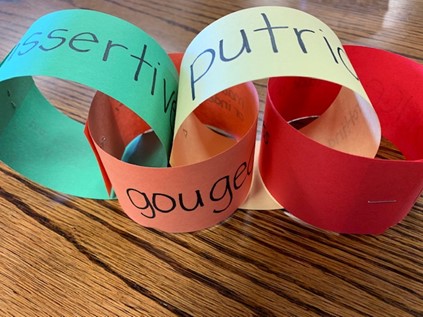
You may also want to compare words that have similar meanings (synonyms) and words with opposite meanings (antonyms). I love exploring semantic gradients with my students. Here’s how they work: Name a describing word such as warm. Then ask, what word means more warm than warm? Often, kids add words to warm like, “really, really, warm.” Try to steer them toward other words that take the place of warm. You may do a lot of the talking at first, but with practice, your kids will get better at it.
warm- hot, boiling, blazing, temperate, scalding, etc.
Then, ask your kids what words could mean cooler than warm.
warm- chilly, cold, lukewarm, freezing, nippy, tepid, etc.
Finally, ask your kids to place their words in order from coldest to hottest. There is a lot of opinion at play, here, but if kids can justify their responses, go with it.
If you’re ambitious, you can cut a piece of yarn or ribbon and place the words that have been typed or written on strips of paper, in order, along the string. You can, as a family, decide it you agree with word placements on the gradient or if changes should be made. Again, kids should justify their opinions. This talk can be a lot of fun.
You can do the same activity with other words such as: thin, nice, good
Sometimes authors define their words within their writing. See the following example from The Honest Truth:
crevasse- It is, basically, a giant crack in the snow and ice. A long, skinny, jagged canyon that cuts across the mountain. They can be incredibly deep. A crevasse could be only three or four feet across at the top but hundreds of deadly feet deep. Sometimes their tops get covered by snow, like the mountain’s laid a trap. If a climber falls in one, it’s almost always the end of their story. You plunge down into the darkness, down until the space gets narrower and narrower and you’re finally stuck, pinched between two ice walls, far from any rescue. You die of cold or hunger or suffocation, trapped in a dark coffin made of ice. They are a climber’s greatest fear.
Even though you don’t need to look up this word, you could still add this word to your collection. If you didn’t make a word paper chain, you could simply make a word collection with a stack of index cards. In the classroom, I kept plenty of blank index cards on hand. I’d record interesting words and a quick definition, and then I’d post them in our classroom. When it was time to do some writing, I always challenged my students to try to include one of our featured words.
Sometimes I read ahead and selected a handful of words I wanted to highlight along with their definitions before reading aloud. Often, before reading, I’d share the featured words, define them, and use them in a sentence. Then I’d hang them for the students to see. As I read aloud, my students would raise a hand or give two thumbs up or wink at me when they heard the featured words within the story.
2. When I read it, let’s actually do it, together.

His mouth stayed in an o of surprise. (p. 93)
You’ll want to have some sort of signal for when to act out a word or phrase, or it could get a little crazy, but this is a great way to encourage engagement in the story, to improve understanding of what’s happening, and to introduce new words. Many times, we don’t even pause to consider that our kids have no understanding of many terms used in books. Please DO STOP (for anywhere from one to five words a day, max) to explain action word meanings and then act them out. If you hear the word again, act it out again- every time, until it’s just another word you know.
Some action words that I find myself defining include:
ambled, beamed, gaped, gasped, hoisted, lunged, lurched, murmured, scowled, trudged, pelted, etc.
I loved reading and seeing my kids gaping when I read the word gape aloud. : 0
3. Italicized words- used to call attention to those words, readers’ voices “land upon” them a little harder
Well, it would, but that was kind of the point. (p. 94)
Show your kids the words that are italicized on the page and explain why you changed your voice as you were reading. Share that the author directed you to do what you did by using those italicized letters.
4. Quotation Marks “ ” – used to indicate the exact words spoken from people’s conversations
“I know what you’re doing, kid. Get off my bus. Now.”
Show your kids the quotation marks. Share the reading and let your kids say the words on the page like they’re acting in a play. You can even teach your kids to use their fingers to make quotation marks in the air when they notice that you’re reading words that are actually being spoken.
5. Note that the line indents (or “dents in”) show when there is a new speaker or a new topic or a new location.
“I’m Shelby,” she said. “I’m six.” (Note- Both of these sentences are spoken by the same person, so they’re both on the same line, even though it’s two sentences with unspoken words between them.)
“Okay.” (Note- new line = new speaker)
“What’s your name? (Note- new line = new speaker)
I almost said it, then remembered. My brain scrambled and
spat out the first name that came to mind. (Note- No quotation marks are used, here, because the line is not spoken, yet it’s indented because it’s a new person’s thoughts.)
“Uh. Jess. Jesse, I mean.” (Note- It’s the same person, but now it’s spoken words, so we have a new line.)
Notice that you could read the words within quotation marks (darkened, above) like it’s a play with different lines for different characters. If I own the book, I like to have my students highlight what is in quotation marks (on pages where dialogue is heavily used). I like to read it like a play, alternating readers, so my kids get a better grasp of why authors do what they do as they are writing. Their decisions all work together to make it easier for the reader to understand the story the author is sharing.
6. Dash – used to indicate a break in the sentence
“Oh, Jess, that’s a silly thing to say, that’s just—“
But I interrupted her. (p. 99)
Tell your kids when you see one of these dashes. Make note of how that dash impacted how you read the text. When you get to a dash in your read aloud, draw a dash in the air to show how and when it’s used.
7. Ellipsis /ih-lip-sis/ . . . used to show that some words were left out or that there is a pause. I teach my kids to think . . . “There’s . More . Coming .”
I . . . I know it’s hard, baby, but there’s no use in being afraid. (p. 99)
When I read aloud to kids, I often use my pointer finger to make three dots in the air. The kids would copy me and say, “There’s… More… Coming… ELLIPSIS”
8. Metaphor- a word or phrase used to compare one thing to another thing, suggesting a likeness
I looked at the narrow black ribbon of the highway stretching out between the tall, dark pine trees. (p. 111)
The raindrops were sharp, angry nails hammered into my jacket. (p. 139)
My legs were wet spaghetti.
After sharing the definition and lots of examples with my classes, my kids, when they heard a metaphor (I often paused to signal that something special was happening in the text.), would shout out, “Metaphor!”
9. Repetition- the same word or line used multiple times
. . . and I felt tiny and terrified and alone, alone, alone. (p. 163)
It had books and maps and movies and key chains. And snacks. (p. 163)
It all hung on her, she knew. On the secret she held, the secret no one knew she was holding. It was a heavy secret. (p. 103)
That’s the truth. (p. 3, p. 27, p. 59, p. 110, p. 129, p. 147, p. 148, p. 161, p. 177, p. 215)
Note- repeated throughout the book
10. Lists- a compilation of items or actions that, together, convey a message that helps to tell the broader story
More of nothing but the rain and the tires and the engine and the radio and the sound of us three breathing there together. (p. 150)
I could still hear the country music, softly, could still feel the truck's warmth, still smell the hot air and coffee and sandwich and cigar smoke. (p. 162)
Authors often use lists. When you find a list in the books you read, note it. Then, with some practice, the kids will recognize them on their own. When your kids begin to experiment with using writers’ crafting tools within their own writing, using lists is a great place to begin.
11. Varied Sentence Structure such as an inserted/integrated genre- an unexpected kind of writing, not typically associated with the text being read, found within that text
Authors often integrate different kinds of writing within their work.
Dark day spent alone.
Pacing, crying, thinking hard.
Somewhere a lost friend.
*Haiku is a form of poetry that is used throughout this book.
Note, aloud, when you see a letter, or a text, or a poem, or any other form of writing within the pages that you’re reading with your kids. Invite your kids to acknowledge it and share that they, too, can use this tool in their own writing.
12. Extra space between lines- means time has passed &/or the location has changed
We’ll walk until . . . we die?
The bridge came closer, step by step, through the darkness. (p. 112)
Beginning writers often get bogged down in telling all of the details in a story. You can share that authors often “skip to the good/important parts” when they tell stories. They often show they’ve moved on to another time or place by leaving an empty line on the page.
13. Simile- comparing things using the words like or as

The round little white pills dropped like hard, heavy snowflakes. (p. 94)

I closed my eyes and held the memory in my mind like a smooth river stone.
(p. 97)

My stomach was flopping like a fish in a net. (p. 161)
My students got really good at noticing when authors used similes. Yours will, too.
14. Personification- giving human characteristics to a thing that is not human

Rain was all around me, poking at the puddles in the gravel. (Can rain really poke?)
*Note, too, the alliteration, poking at the puddles.
The aloneness howled louder than the wind. (Can aloneness howl?) (p. 179)
15. Rhyming Words- words that have the same (or even just nearly the same) ending sounds from the final vowel sound to the ends of the words
I managed to pinch one between my thumb and a numb finger. (p. 126)
You’ll have to notice this first, and then bring it to your kids’ attention. This one may be a little tricky to notice when kids are captivated by the story.
16. Onomatopoeia- a word that, when spoken aloud, imitates the sound of the thing that is named
My teeth clattered against each other, letting my breaths out in a shaky hiss. (p. 125)
You notice it first, and your kids will soon be able to identify it. They have a lot of fun just saying the word onomatopoeia. And, no, it’s not too big a word. Kids love knowing sophisticated words!
17. Alliteration- neighboring words that begin with the same sounds
My feet hit the bottom, bumping boulders and scraping rocks . . . (p. 123)
In the morning I was stiff and sore and starving . . . (p. 129)
When you draw attention to it, your kids can’t help but enjoy identifying alliteration. Remember to have your kids identify it by name- alliteration.
18. Descriptive Words- words that enable to reader to see the scene in his or her mind’s eye
A wide, fallen log reached over the foaming water, leading from the bank where I was standing to the sandy island. (p. 113)
Ask your kids, “Could you draw this scene? If so, then you’re visualizing it. The author’s words enable you to see the scene in your mind’s eye.” You can also have your kids draw when you read to them.
19. Lovely Lines- well-crafted lines that just sound and feel magical when vocalized
Road stones crunched under the soles of my shoes. (p. 111)
20. Fun Facts- tidbits of factual information embedded within a story
The cotton balls were coated with Vaseline— I’d read that they were the best fire starters that you could make. (p. 125)
Make note with your kids when an author gives a cool factoid. Who knows? It may come in handy someday.
21. True-to-Life Voices- authors use self-created words to convey the personalities of their characters (solecism)
Everybody outa have a dog . . . A life ain’t much of a life without a dog in it. S’what I always said.
22. Chapter Changes- when authors make a shift in the story
A chapter change can indicate a switch from one character’s point of view to another character’s point of view.
The whole numbered chapters, in this book are from Mark’s point of view. (1, 2, 3, …)
The half-numbered chapters are from Jessie’s point of view. (1½, 2½, 3½, …)
In this text, the author also used a different font to distinguish the points of view.
23. Circular Stories- when the end of the story points right back to the beginning of the story
One circular story that I recommend is The Green Book, by Jill Paton Walsh. It’s science fiction, and it’s fantastic!
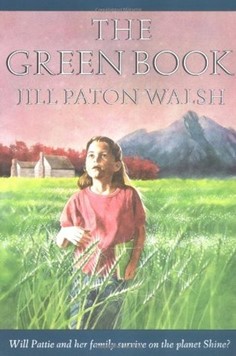
Tips for Families
You can strengthen your children’s reading and writing by reading aloud with them. Okay. So that’s not ground-breaking news. You’ve heard it a thousand times, right? Let me say, here, that I bet you can do it so much better than you’ve been doing it.
I have some teaching tips that I’d love for you to experiment with when you read to your kids. Try sharing some of the following informal lessons. They will absolutely help you to make the most of the time you spend reading with your kids.
I bet you read to your children to get them settled into bed. (If not, you should give it a try. Reading books together makes bedtime such a special daily routine.) You may have heard that bedtime reading helps kids to become great readers.
Here’s the thing: I know of LOTS of parents who faithfully read to their children almost every day, and too many of those children are still struggling to read on their own. Oh, they love books . . . when a parent reads TO them. But they hate reading on their own. I see it a lot. Maybe that’s what’s happening at your house.
I can help.
If your kids cannot, yet, read the words on the page accurately, you may want to ask about Foundations for Literacy phonics curriculum which is used, exclusively, at Book Bums.
If your kids can read at grade-level expectations with accuracy and comprehension, the following lessons may be just what you need to move them forward. By the way, if your kids are in elementary school, they are definitely not too old for you to read to them. We want to read books aloud to our kids that are beyond the level at which they can read and understand independently.
Read through the following ideas and choose a few to try during your next read aloud time. Remember to make it fun!
Wordology Workshop
• The Latin root cogn means to know.
• You can find it in our Word of the Week, recognize, which means to know again.
• Cogn appears in many words such as cognition, incognito, cognizant, and precognitive.
Practical Spelling Tip
e-l or l-e
I am a certified word stalker. I’m always looking for the cool things that are happening in the words around me. As we traveled south to visit with family this summer, we made the obligatory stop at Cracker Barrel. Barrel. That’s an odd word. First, the a makes its long sound. Shouldn’t it say /bar-l/? As I was noticing this oddity, I decided to share a peculiar “rule of thumb” with you regarding words ending with e-l or l-e . . . and this one’s a doozy.
Words ending with the /l/ sound in the final syllable must include a vowel. It’s usually an e.
Think: pretzel, bubble, pickle, navel, etc. But how can we know if a word is spelled e-l or l-e?
Here’s a tip:
Look at the letter preceding the /l/ sound.
Does that letter take two spaces? (b, d, f, g, k, p, t)
If so, it’s almost always going to be l-e.
--- bubble, puddle, sniffle, giggle, pickle, purple, little)
Does that letter take only one space? (c, m, s, v, w, x, z)
If so, it’s almost always going to be e-l.
--- parcel, camel, tinsel, dowel, shovel, pixel, puzzle
Of course there are some “rule breakers.”
--- angel, nickel, model, lapel, bagel
*It’s an a-l if you’re adding a suffix such as magical, fantastical, and trivial.
If you know someone who would benefit from our newsletter or tutoring at Book Bums, please share this email with them! Thank you.
Copyright © 2024 Book Bums, All rights reserved
Our mailing address is:
7967 Cincinnati-Dayton Road Suite L
West Chester, OH 45069
